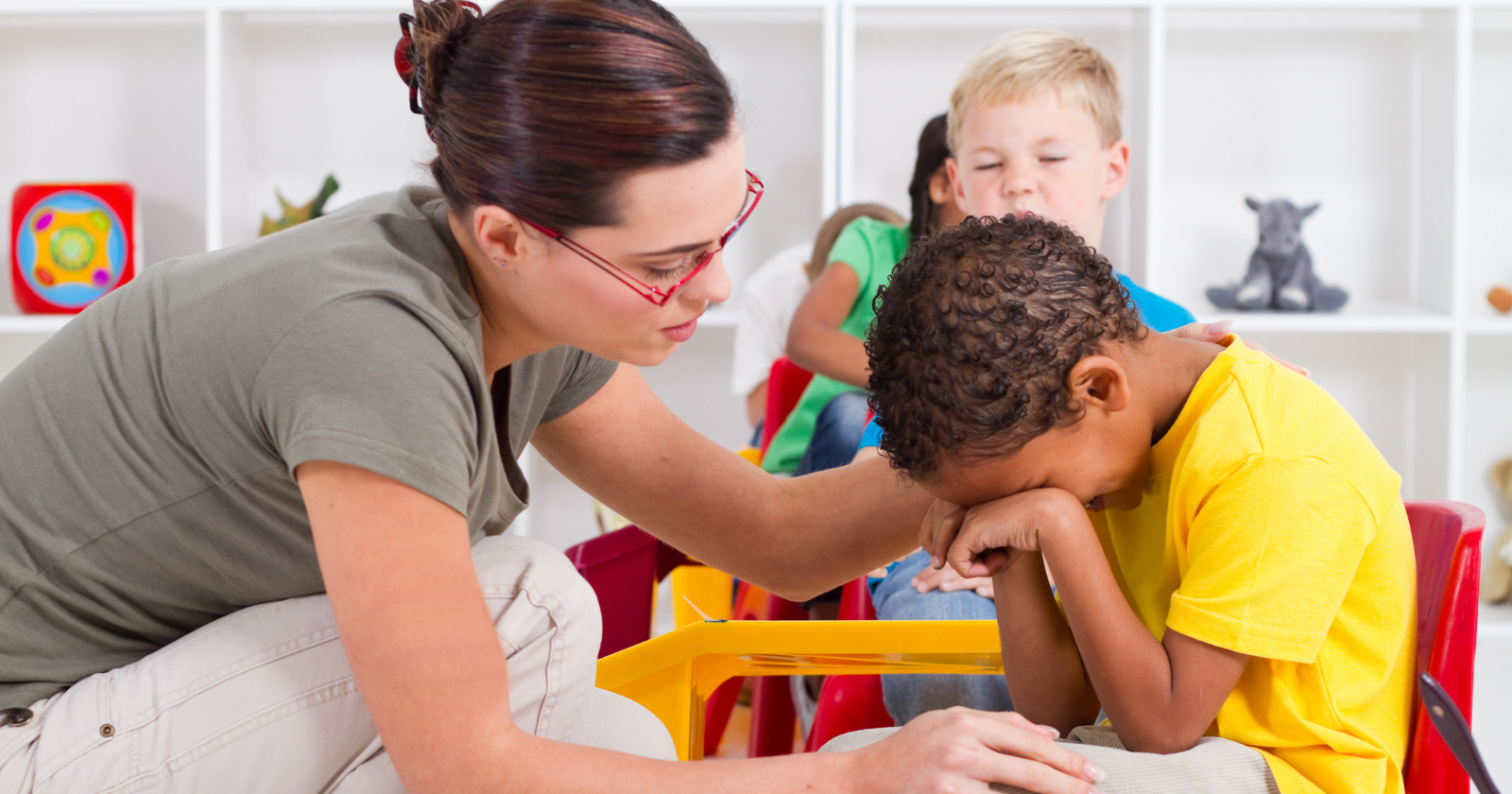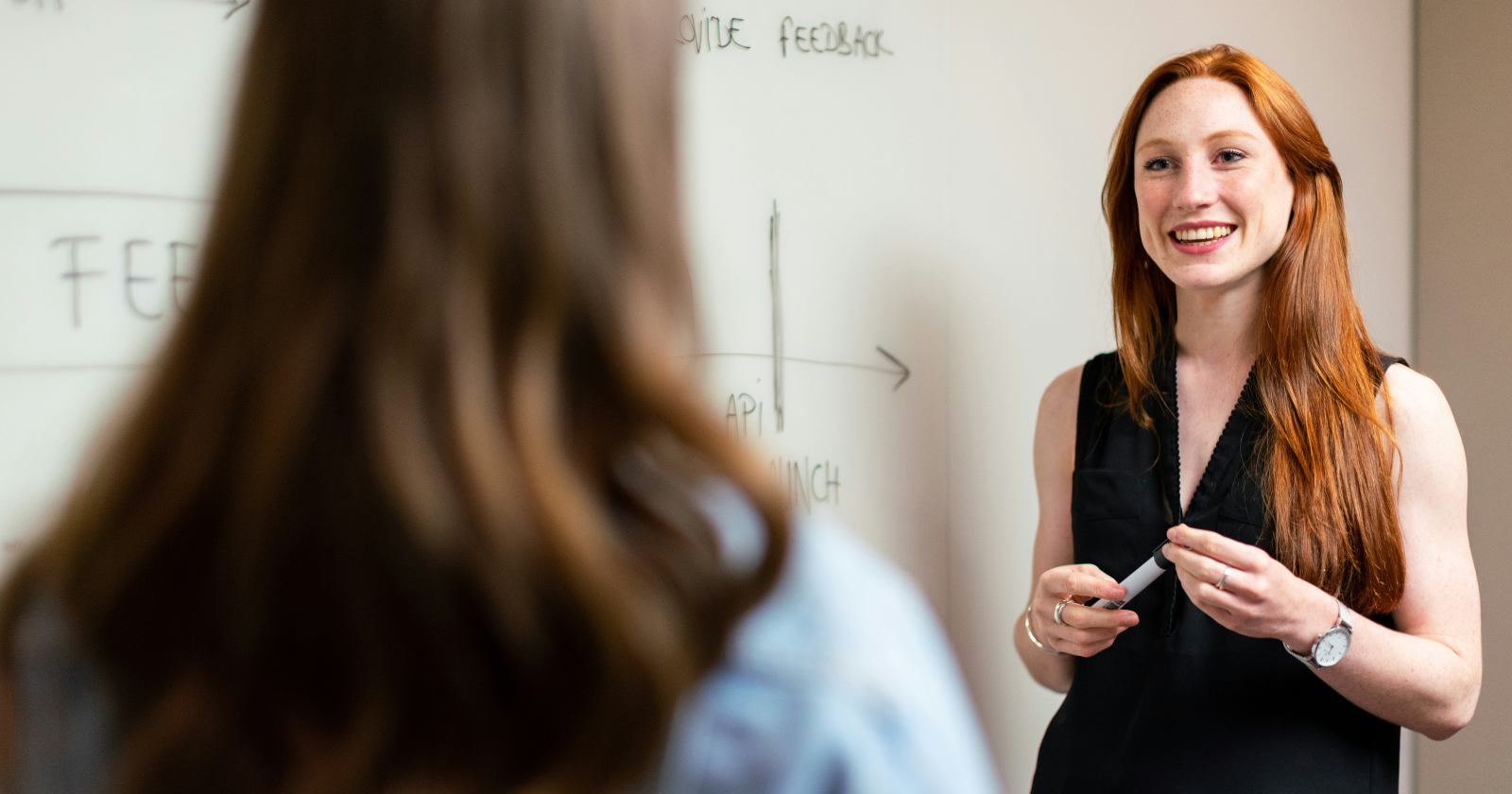Let’s be honest—most of us can still name that one teacher who changed how we saw ourselves.
Maybe it was the English teacher who saw potential in your messy poems.
Or the math teacher who somehow made fractions make sense.
What makes those teachers stick in our memories isn’t just what they taught—it’s how they made us feel.
They turned classrooms into safe places to grow.
They made learning feel possible, even when it was hard.
As a dad who’s seen my daughter’s eyes light up after preschool drop-off—because “Ms. Jenna says I’m a brave learner!”—I’ve realized that unforgettable teachers share certain quiet habits.
These aren’t about fancy lesson plans or Pinterest-perfect classrooms.
They’re about connection, humanity, and care.
Let’s dig into the eight simple things that make great teachers truly unforgettable.
1) They notice the small stuff
Ever met someone who remembers your favorite snack, the name of your dog, or that you like sitting near the window?
Related Stories from The Artful Parent
Great teachers do this instinctively.
When Elise started preschool, her teacher noticed she tugged at her sleeve whenever she felt unsure. Instead of calling her out, she’d kneel beside her and whisper, “You’ve got this, I’m right here.”
That kind of attention builds trust.
Kids don’t forget being seen—especially in a world where they’re often told to “sit still” or “hurry up.”
Noticing small things says, You matter here.
It’s a subtle kind of magic that lays the groundwork for everything else.
- Psychology says if you sleep in the same bed as your pets you likely display these 10 unique traits - Global English Editing
- 7 things boomers always did as children that younger generations wouldn’t survive a day doing - Global English Editing
- 10 simple habits that make boomers instantly likable to younger people - Global English Editing
2) They make space for mistakes
If there’s one thing I’ve learned both at work and in parenting, it’s this: growth never looks neat.
Great teachers get that.
They don’t flinch when a student gets something wrong—they lean in.
They model curiosity over criticism.
I remember reading a study from Harvard’s Graduate School of Education that found students learn better in classrooms where teachers openly discuss their own mistakes.
It builds what researchers call “psychological safety.”
In plain English: kids stop fearing failure and start learning from it.
One of Elise’s favorite classroom mottos is: “Mistakes mean your brain is growing.”
That’s a message that sticks long after the report cards are gone.
3) They bring calm energy into chaos
Ever walked into a room full of six-year-olds after lunch? It’s pure kinetic energy—like popcorn in a microwave.
Great teachers don’t fight that chaos; they regulate it with calm.
Their tone stays steady, their movements intentional.
They’re like human anchors in a stormy sea of giggles and crayons.
This calm isn’t passive—it’s leadership.
Kids pick up emotional cues fast.
When a teacher’s calm says, “We’re safe, we’ve got this,” kids’ nervous systems mirror it.
And that’s what unforgettable teachers do every day—they lend calm until kids learn to self-soothe and self-regulate.
4) They connect learning to life
Some of the best lessons aren’t in textbooks—they’re in how teachers link ideas to real life.
Elise’s teacher once used baking to explain fractions.
“If we’re making muffins and need half a cup of milk, what happens if we double the recipe?”
Suddenly, math wasn’t abstract—it was breakfast.
When teachers connect knowledge to experience, they’re showing kids why it matters.
It’s not “because it’s on the test,” it’s “because this is how the world works.”
And that’s what sticks. We remember lessons that tie to our senses, our stories, our real lives.
5) They model respect—especially when it’s hard
 There’s something powerful about a teacher who keeps their cool when things go sideways.
There’s something powerful about a teacher who keeps their cool when things go sideways.
When a student talks back, when the room gets loud, when everything goes off-script—great teachers hold firm and kind.
They don’t humiliate or shame. They model what respect looks like under pressure.
I saw this in action when Elise’s teacher calmly crouched beside a child mid-tantrum and said, “I can tell you’re upset. I’m here when you’re ready.”
She didn’t raise her voice. She didn’t make threats. She simply modeled empathy with boundaries.
It reminded me of what educator Rita Pierson once said in her viral TED Talk: “Kids don’t learn from people they don’t like.”
Respect earns respect. Kids remember how you treated them when they messed up more than how you praised them when they didn’t.
6) They celebrate effort, not just results
Every parent knows the tightrope of encouraging without pressuring. Great teachers walk that same line with grace.
They cheer for persistence, not just perfect scores.
When a child finally reads a tricky sentence or finishes a science project they almost gave up on—that’s when the real learning happens.
Elise once told me, “Ms. Jenna said she’s proud of how I kept trying.”
She didn’t say proud of her drawing, her writing, or her grade. Proud of her effort.
That kind of feedback teaches kids that intelligence isn’t fixed—it grows with effort and practice.
When kids internalize that message, they carry it for life.
7) They create rituals that anchor connection
Ask any student what they loved most about their favorite teacher, and they’ll rarely say “lesson plans.”
They’ll say, “She sang a silly song every morning,” or “He gave us a secret handshake before recess.”
Rituals give kids something steady to hold onto.
In Elise’s class, every Friday ends with “Kindness Circle,” where each child names one kind thing they noticed someone do.
It takes five minutes, but it’s the heartbeat of their week.
Rituals are how teachers build belonging.
They turn groups of kids into communities.
They say, “You’re part of something here.”
And when you feel like you belong, learning becomes a joy instead of a job.
8) They never stop learning themselves
The teachers who leave a lifelong mark don’t see themselves as finished products.
They stay curious—about their craft, about their students, about the world.
They experiment with new approaches, reflect on what didn’t work, and own their mistakes.
They’re living proof that learning never stops.
When kids see adults modeling humility and growth, it gives them permission to do the same.
One of Elise’s teachers once said, “We’re all learners here—even me.”
That simple statement leveled the field. It told her students: You don’t have to be perfect to be worthy of learning.
And really, that’s the lesson that lasts longest of all.
Closing thoughts
If you think back to the teachers who shaped you, chances are they made you feel capable, not just competent.
They didn’t just pass on knowledge—they passed on belief.
Great teachers aren’t remembered because they filled our heads with facts.
They’re remembered because they filled our hearts with courage.
As parents, we can take cues from that.
Whether it’s bedtime stories or morning routines, the same principles apply: notice the small things, make space for mistakes, stay calm, and keep learning alongside our kids.
Because in the end, the best teachers—like the best parents—don’t aim for perfection.
They aim for connection.
And that’s what makes them unforgettable.



